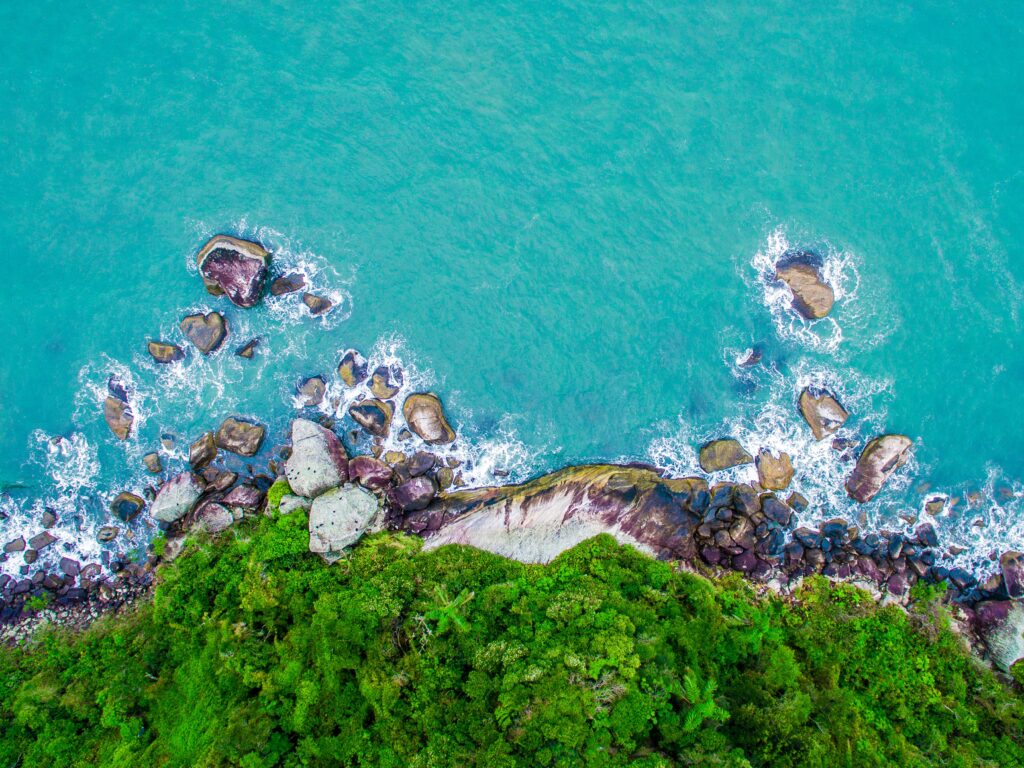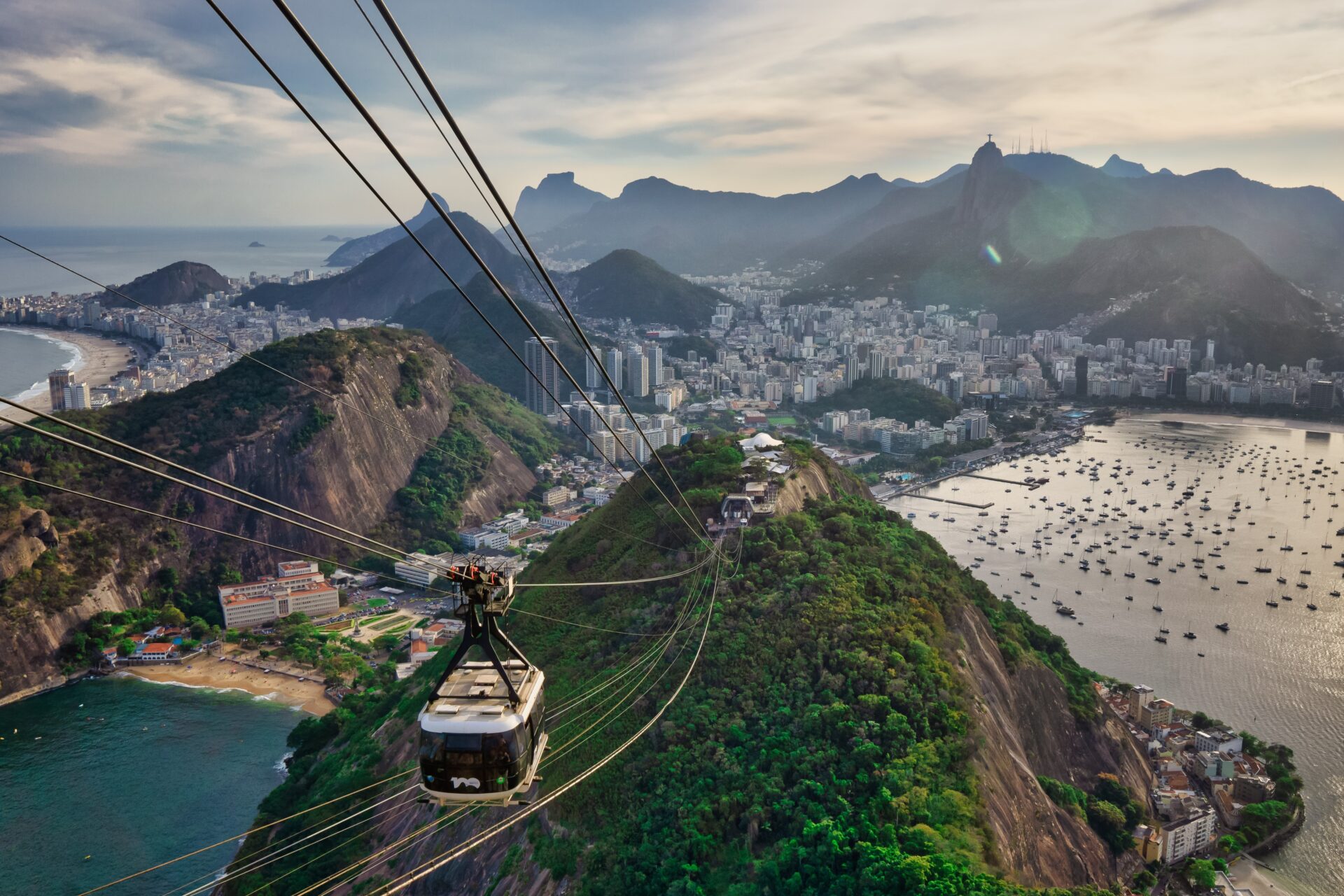Why We Love Brazil…
Get ready to be enchanted by the warmth of its people and its incredible landscapes. This country is a tropical paradise that knows how to throw a party!
Brazil boasts unparalleled natural beauty – from the mighty Amazon rainforest & Iguazu Falls to the Brazilian coast and the hiking circuits of Chapada Diamantina, Brazil is a paradise for those who love nature, culture & relaxing on the coast. Welcome to the land of endless rhythm and endless smiles.
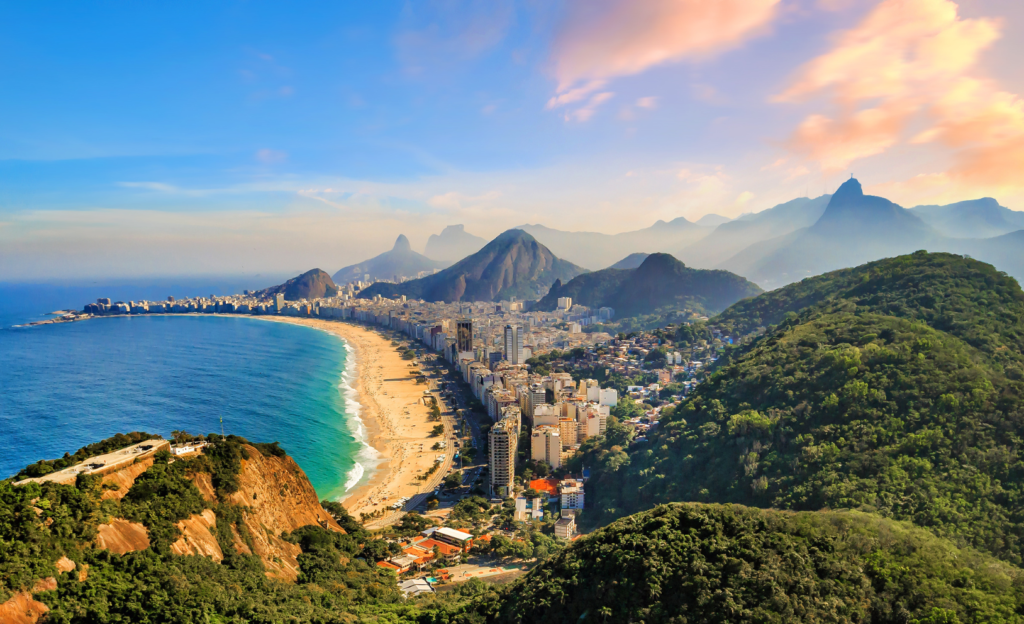
Entry Requirements
Passports
Your passport should be valid for a minimum period of 6 months from the date of entry into Brazil.
Visas
You can travel to Brazil without a visa as a tourist for up to 90 days. If you wish to extend your tourist visa, you should contact the Policia Federal.
On arrival, you will need to demonstrate that you have enough money for the duration of your stay, provide details of your accommodation and evidence of return or onward travel. Make sure your passport is stamped. If it is not, you may be fined on departure.
Please check out your local travel advice and let us know if you’re travelling from a different territory.
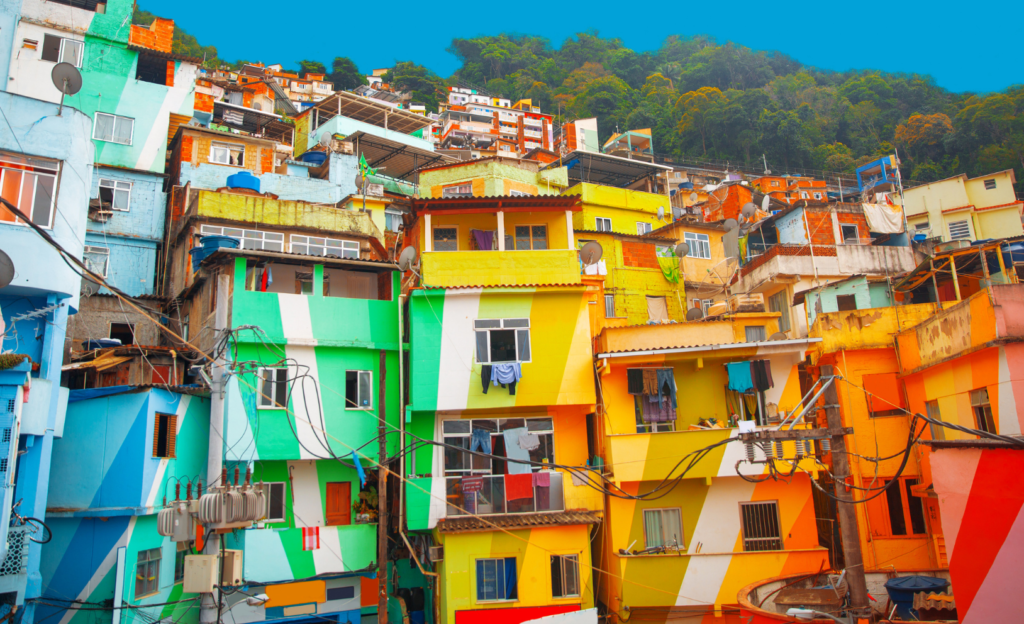
Transfers and Transport
Navigating Brazil is an adventure, being the 5th largest country in the world! Here’s a quick guide on how to get around in this vast and diverse country.
Domestic Flights: Given Brazil’s size, domestic flights are a convenient way to cover long distances quickly. Major cities are well-connected by domestic airlines, and flights are relatively affordable if booked in advance.
Metro: Major cities like São Paulo and Rio de Janeiro have efficient metro systems, making it easy to navigate urban areas.
Taxis: Uber are also widely used in urban areas, this is the easiest way to get around the big cities.
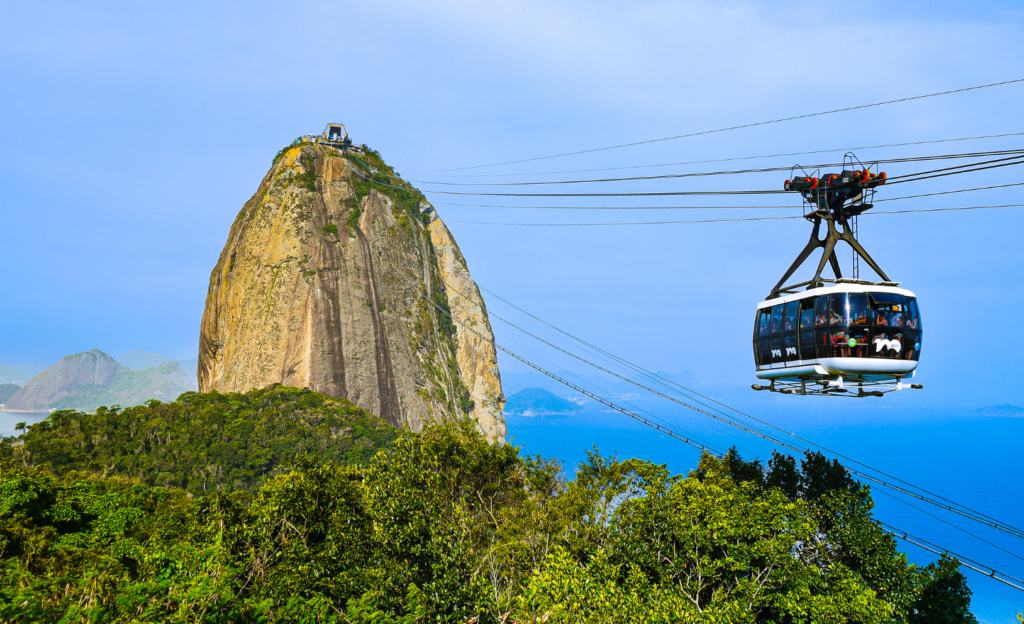
** Be aware of the potential for traffic congestion, especially in major cities. Don’t risk heading to the airport with little time to spare… the traffic in São Paolo & Rio is no joke!
Boats and Ferries: In coastal areas and regions with waterways, boats and ferries provide a unique way to travel. This is especially true in the Amazon region and along the coast.
Whether you’re soaring above the Amazon, cruising along the coastline, or navigating the bustling streets of Rio, getting around in Brazil offers a diverse range of experiences that add to the excitement of your journey. The nemo team are on hand to help plan your way through this country.
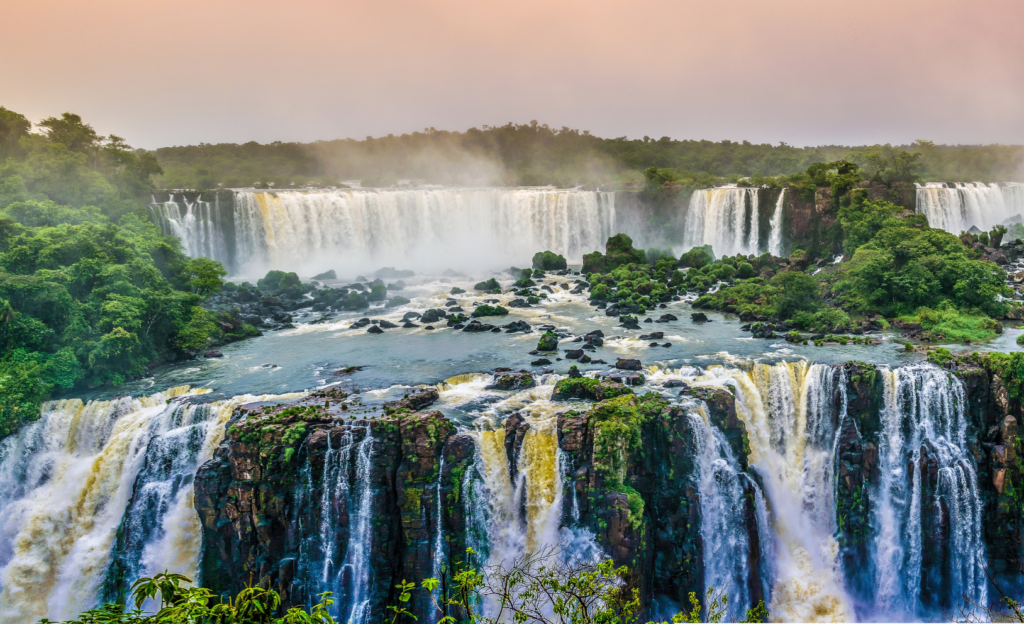
Safety
For more information on safety in Brazil, please view the information here.
While Brazil is a beautiful and culturally rich destination, like any other country, it’s important for tourists to be aware of potential safety concerns.
Here are some tips to help you stay safe and minimize the risk of encountering crime in Brazil…
Be Vigilant in Crowded Areas: Pickpocketing can occur in crowded places, especially during festivals and events. Keep a close eye on your belongings.
Keep Valuables Secure: Don’t display expensive jewellery, electronics, or large amounts of cash in public. Use hotel safes for passports, extra cash, and other valuables. Never leave things out at the beach as this is where most thefts happen.
Stay Informed About Local Areas: Research the safety of the neighbourhoods you plan to visit. Some areas may have higher crime rates, and it’s essential to be aware of potential risks.
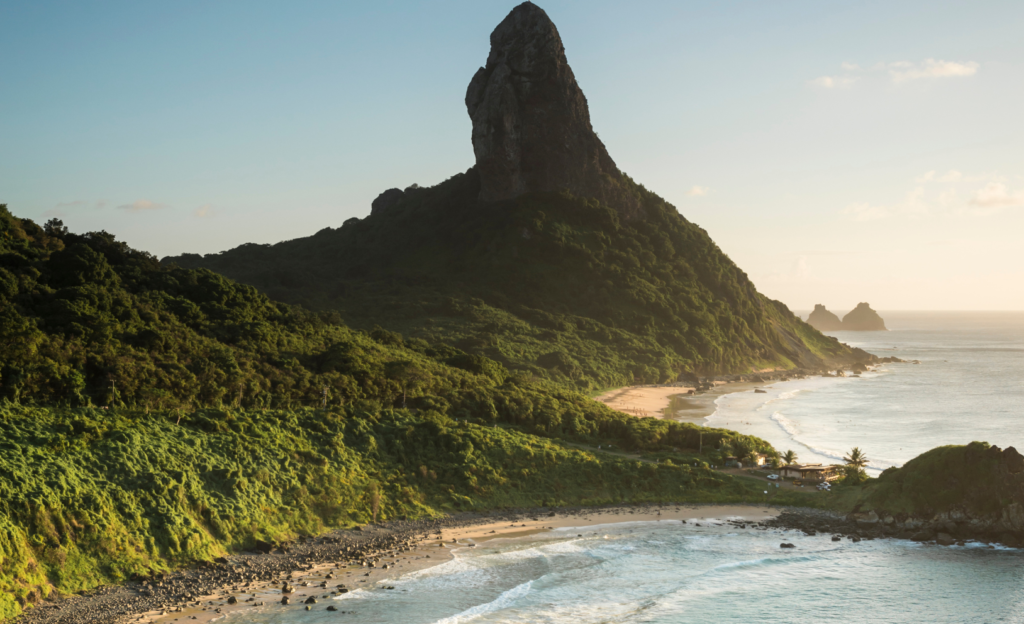
Plug Type
There are two associated plug types, types C and N. Plug type C is the plug which has two round pins. Plug type N is the plug which has two round pins and a grounding pin. Brazil operates on a 127/220V supply voltage and 60Hz.
Currency
The currency is the Brazilian Real. We would suggest a mixture of credit / debit cards and cash is best to take with you.
All major credit and debit cards are accepted in Brazil. Apple pay is also available in cities.
Smaller shops, kiosks, markets and more informal restaurants in remote areas may only accept cash, so make sure you have some with you as a backup, depending on where you are travelling to.
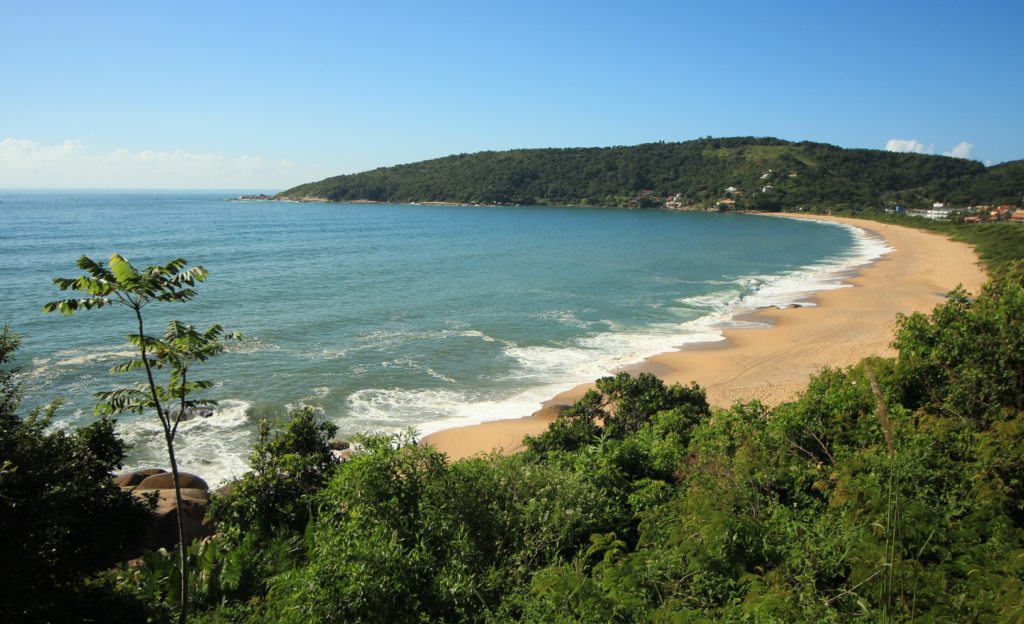
Climate and Packing
Brazil’s climate is as diverse as its landscapes, ranging from the lush rainforests to the sun-kissed beaches. When packing for your Brazilian adventure, consider the varied climates across different regions:
Coastal Areas (Rio de Janeiro, Salvador, Recife)
Climate: Tropical with warm temperatures year-round.
Packing Tips: Light, breathable clothing, swimwear, sunscreen, and a hat. Casual and comfortable attire is suitable for the beach and city.
Amazon Rainforest
Climate: Hot and humid with occasional rainfall.
Packing Tips: Lightweight, long-sleeved clothing to protect against insects, comfortable hiking shoes, rain gear, and insect repellent. Don’t forget a water-resistant backpack for electronics.
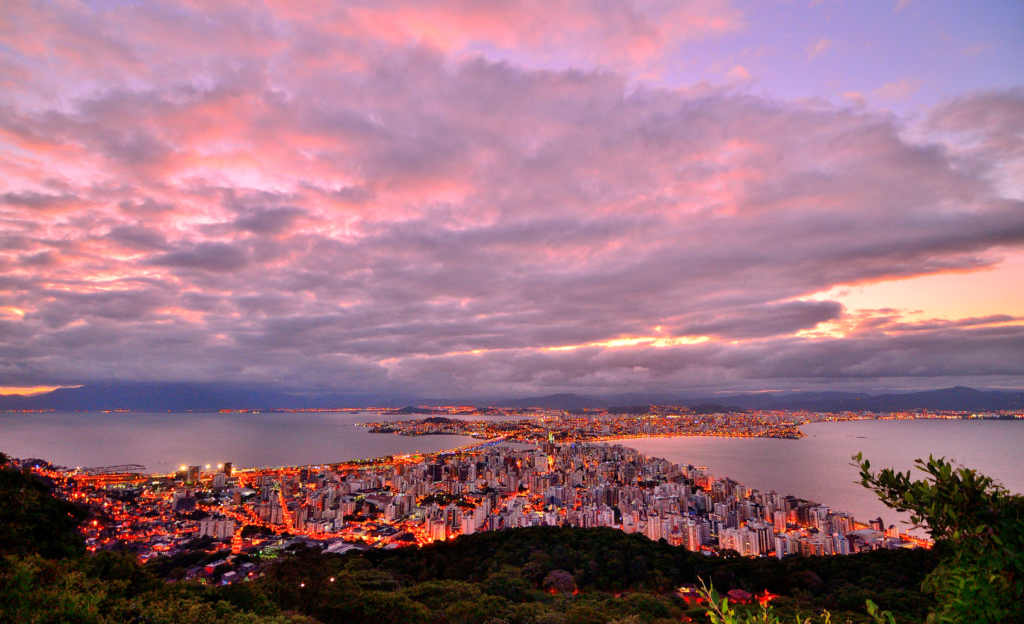
Pantanal (Wetlands)
Climate: Wet and dry seasons, with hot temperatures.
Packing Tips: Lightweight, long-sleeved clothing for sun protection, sturdy walking shoes, a hat, and insect repellent. Binoculars are handy for wildlife watching.
Southern Brazil (São Paulo, Curitiba)
Climate: Temperate with defined seasons.
Packing Tips: Bring layers, as temperatures can vary. A light jacket for cooler evenings and comfortable walking shoes for city exploration.
Northeast Brazil (Fortaleza, Natal):
Climate: Hot and dry, especially in the drier months.
Packing Tips: Lightweight clothing, swimwear, sunscreen, and a hat. Consider a reusable water bottle to stay hydrated.
Highlands (Brasília)
Climate: Mild with distinct wet and dry seasons.
Packing Tips: Comfortable clothing for daytime and a light jacket for cooler evenings. Sunscreen and sunglasses are essential.
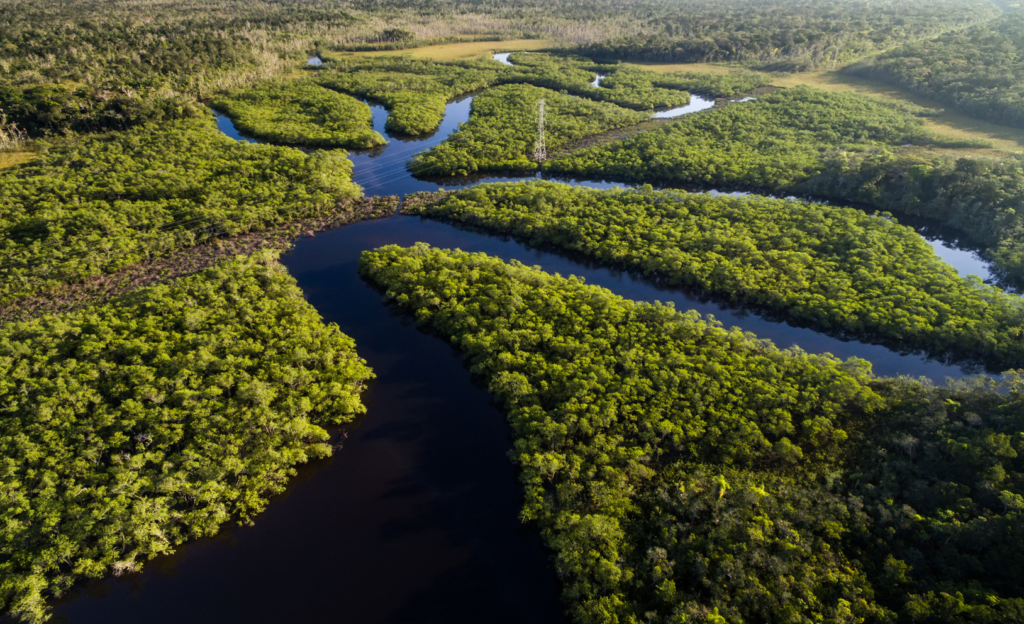
General Tips:
Insect Protection: In areas with a risk of mosquitoes, bring insect repellent and, if necessary, anti-malarial medication.
Rain Gear: Even in drier regions, brief rain showers can occur. Pack a compact rain jacket or poncho.
Comfortable Footwear: Whether you’re exploring city streets or hiking trails, comfortable and sturdy shoes are a must.
By considering the specific climate of the regions you plan to visit, you can pack smartly and be prepared for the diverse experiences that Brazil has to offer. Whether you’re samba dancing in Rio or exploring the Amazon rainforest, packing with the climate in mind ensures you’re ready for every adventure.
Medication
You are advised to bring an ample supply of any medications you are taking, in their original containers, and keep them in your carry-on in the event your luggage is lost or damaged. Please also bring copies of your prescriptions.
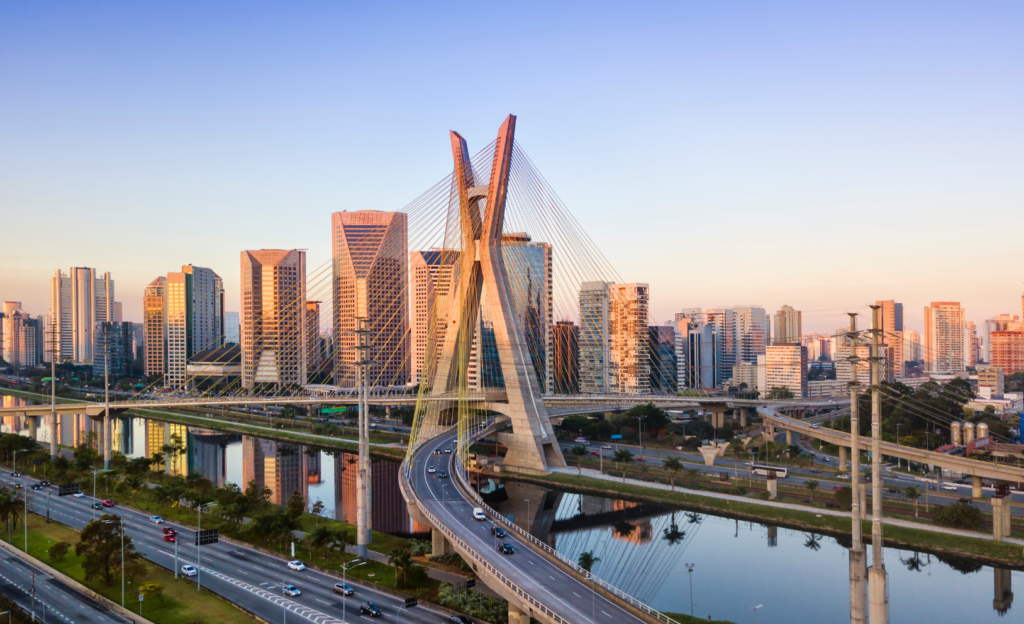
Vaccinations
We aren’t certified to give medical advice so always recommend you consult your doctor or a travel doctor, as they will know which vaccinations you have already and any additional ones necessary for your trip. You can also take a look here for travel vaccination information and advice on bringing medication into the country.
Tipping
The amount you tip in Brazil will depend on where you are and what type of services you’re buying. As a general rule, expect to tip around 10% of the bill. If you get exceptionally good service, say thank you with a tip closer to 15-20%. Very often the bill in a restaurant has service already included – so make sure to double-check!
Flights & Time Zone
You can get direct flights from London to Brazil (São Paolo & Rio de Janeiro), it will take around 11 hours.
Brazil is GMT -3.
Language
The official language of the country is Portuguese – you may also encounter communities that speak Italian, German, Japanese, and other languages.
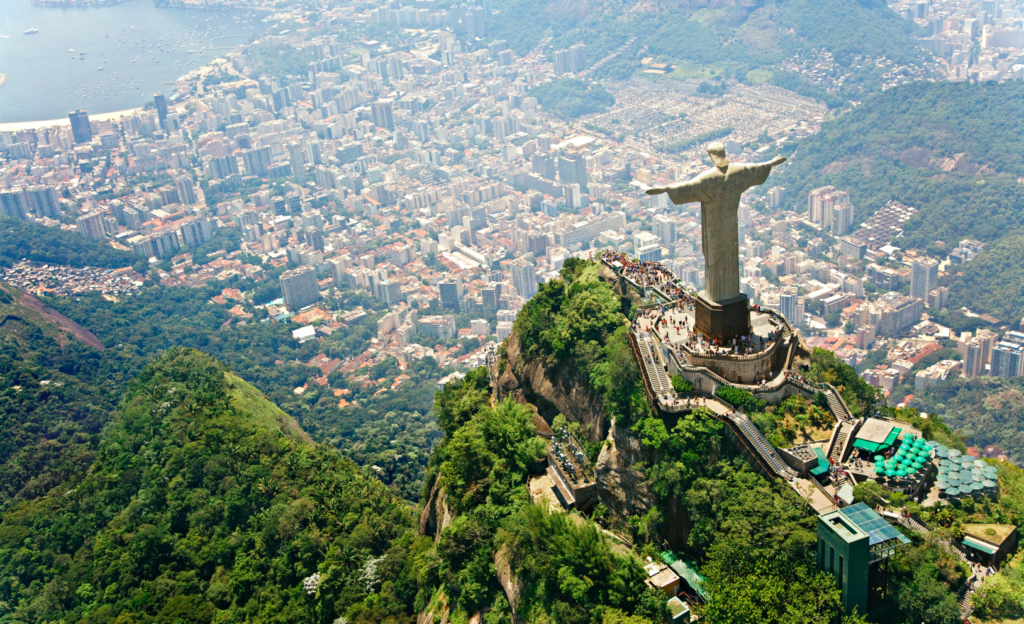
Food
Brazilian cuisine is a tantalizing fusion of diverse flavors, reflecting the country’s vast cultural influences. From the hearty dishes of the Amazon rainforest to the coastal delights of Rio de Janeiro, Brazilian food is a culinary journey that embraces both tradition and innovation!
At the heart of Brazilian gastronomy is the famous churrasco, a barbecue feast featuring succulent grilled meats served with a side of farofa (toasted cassava flour) and feijoada, a hearty black bean stew with pork. Seafood lovers can savor the fresh catches along Brazil’s extensive coastline, while those with a sweet tooth will be delighted by brigadeiros (chocolate truffles) and the refreshing açaí bowls.
Tropical fruits play a starring role in Brazilian cuisine, with staples like mango, passion fruit, and guava making appearances in juices, desserts, and savory dishes. Acarajé, a deep-fried ball of black-eyed pea dough filled with shrimp and vatapá (a rich paste made from bread, shrimp, and nuts), represents the vibrant flavours of Bahia in the northeast.
